Creating visuals from text prompts has revolutionized digital design and content creation, thanks to generative AI. Over the past two years, the technology has evolved from basic, low-resolution tools to models capable of producing high-definition, photorealistic images. With companies like Canva acquiring Leonardo, Freepik expanding into generative AI, and Apple planning its own AI generator for 2025, the industry is transforming rapidly.
Here are the 7 best AI image generators available today, each offering unique strengths and capabilities:
1. GoEnhance AI
Overview:
GoEnhance AI is celebrated for its simplicity and high-quality outputs. This beginner-friendly tool delivers photorealistic and artistic images, making it a go-to option for diverse creative needs.
Key Features:
- Advanced models for high-quality image generation.
- Custom styles for tailored designs.
- User-friendly interface accessible to all skill levels.
- Generous free plan for exploring capabilities.
Pros:
- Intuitive and easy to use.
- Delivers exceptional results across various styles.
Cons:
- A relatively new tool with evolving features.
2. Flux.1
Overview:
Developed by Black Forest Labs, FLUX.1 is an open-source powerhouse designed to rival established platforms like Midjourney. It’s perfect for those seeking a flexible and community-driven solution.

Key Features:
- High-resolution outputs with fine details.
- Open-source model with community contributions.
- Free-to-use with advanced capabilities.
Pros:
- Comprehensive editing options.
- Cost-effective with no initial expenses.
Cons:
- Steeper learning curve for advanced features.
3. Midjourney
Overview:
Midjourney is renowned for its stunning photorealistic images and robust control options. Its active user community adds value for creators looking for inspiration and support.
Key Features:
- Superior photorealistic image generation.
- Detailed control via parameter commands.
- Strong community support.
Pros:
- High-quality visuals with realistic details.
- Easy-to-use web interface.
Cons:
- No free plan available.
4. Leonardo
Overview:
Leonardo combines advanced models with granular control, offering flexibility for both photorealistic and artistic projects. It also integrates seamlessly with Canva for extended design possibilities.
Key Features:
- Phoenix model for high-quality outputs.
- Fine-tuned controls for detailed customization.
- Additional features like image upscaling and sketch-to-image.
Pros:
- Free version available.
- Extensive customization options.
Cons:
- Can feel complex for beginners.
5. Microsoft Copilot Designer (DALL-E 3)
Overview:
Integrated into Microsoft’s ecosystem, Copilot Designer offers a robust, free-to-use platform for interactive image generation and editing.
Key Features:
- Interactive editing via natural language.
- Adjust aspect ratios, colors, and styles easily.
- Free for users with a Microsoft account.
Pros:
- Detailed customization options.
- Intuitive interface for on-the-fly adjustments.
Cons:
- Limited control over initial generation.
6. Adobe Firefly
Overview:
Adobe Firefly emphasizes ethical AI practices, utilizing licensed Adobe Stock data. It’s an excellent choice for artists seeking flexible, creative tools.
Key Features:
- Ethical training data avoids copyright concerns.
- Advanced artistic tools for creative projects.
- Layout and structure reference capabilities.
Pros:
- Strong focus on artistic outputs.
- Reduces copyright risks.
Cons:
- Less effective for photorealistic results.
7. NightCafe
Overview:
NightCafe is a community-driven platform offering a variety of models and customization tools. It’s ideal for creators who enjoy collaborative environments and diverse options.
Key Features:
- Supports models like Stable Diffusion and DALL-E 3.
- Active community with regular competitions.
- Flexible credit-based pricing.
Pros:
- Great for exploring multiple models.
- Supportive community atmosphere.
Cons:
- Busy interface may overwhelm new users.
Conclusion
The best AI image generator depends on your specific goals. Whether you prioritize photorealism, artistic flexibility, or robust customization, these seven tools offer a variety of features to suit different needs. Explore them to find the perfect fit for your creative projects!




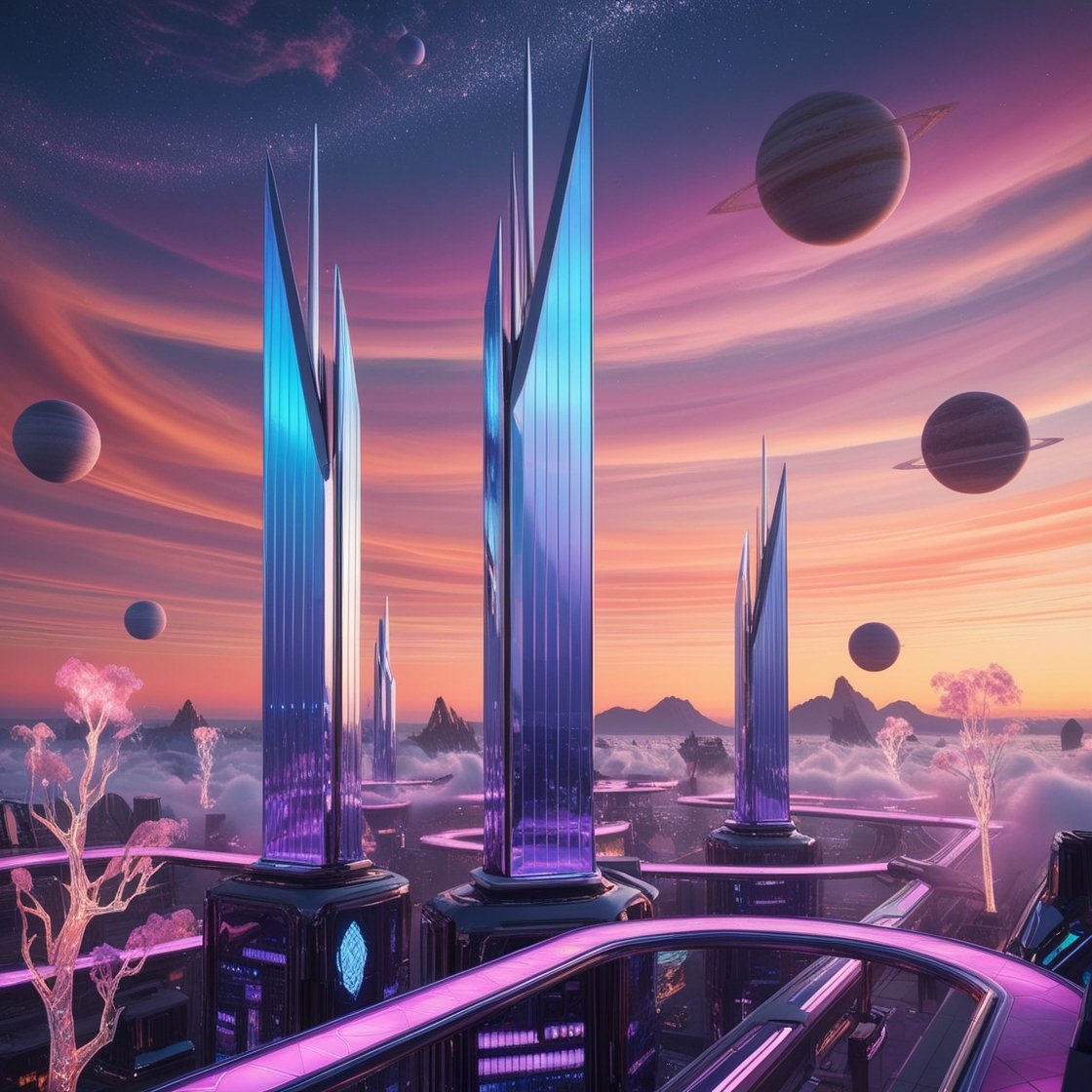
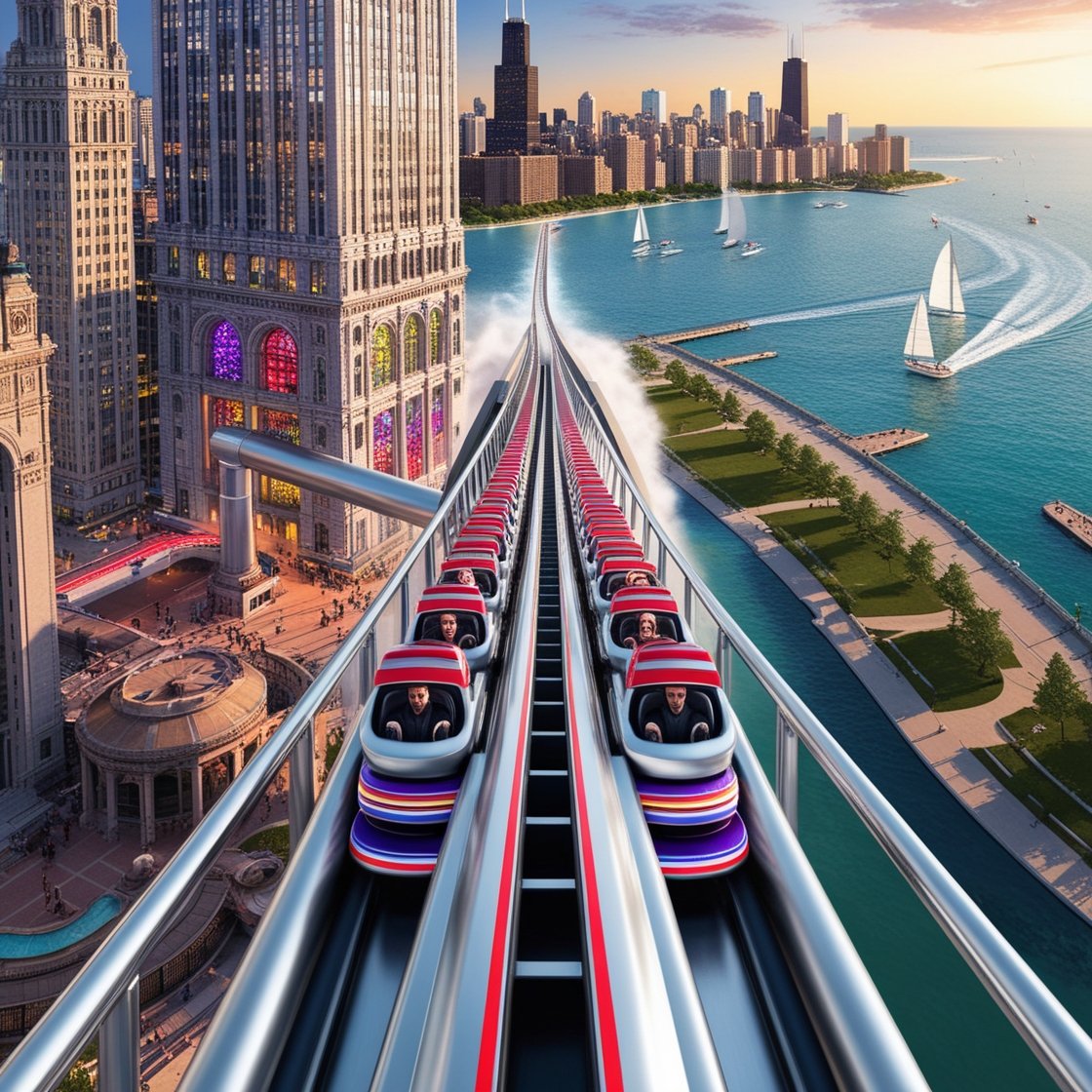
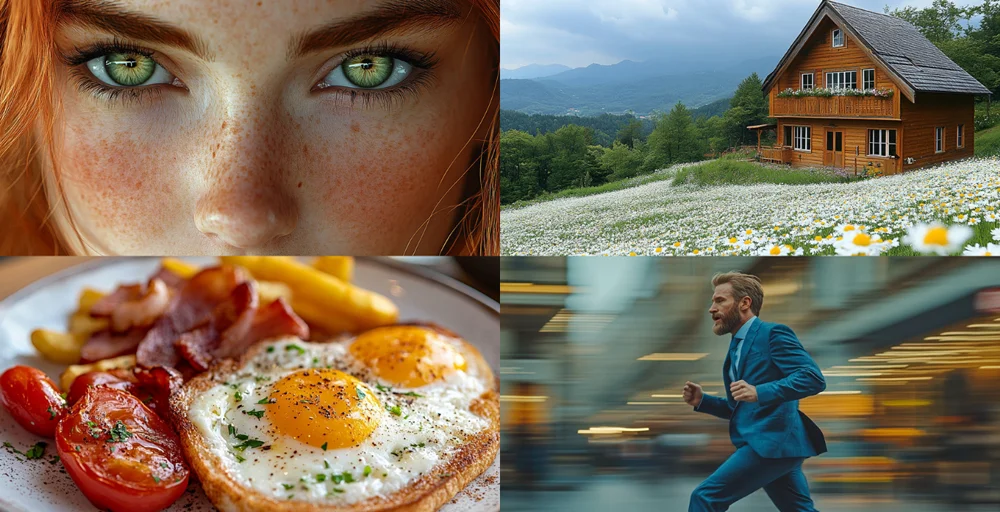
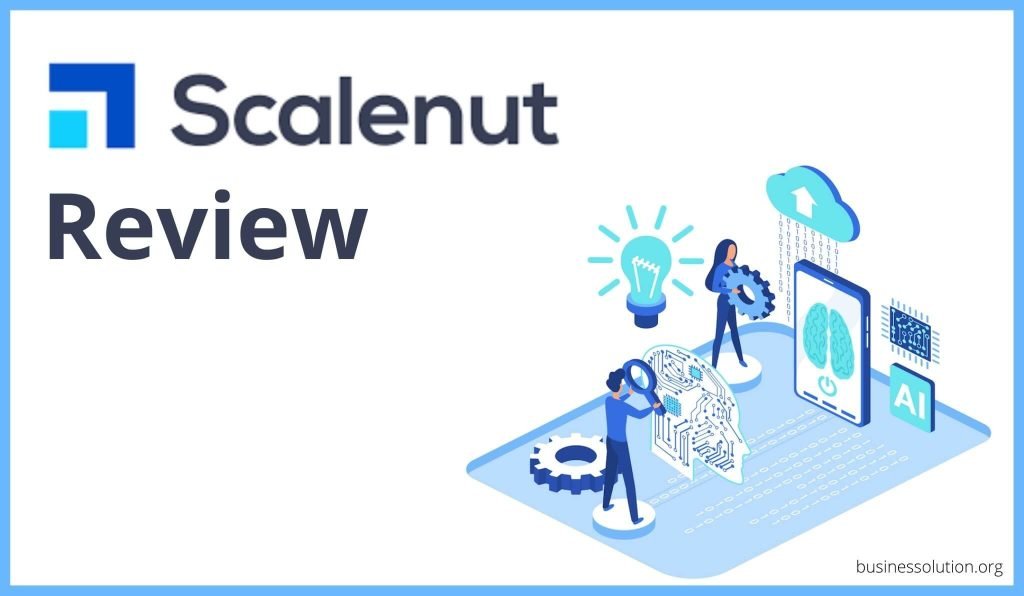
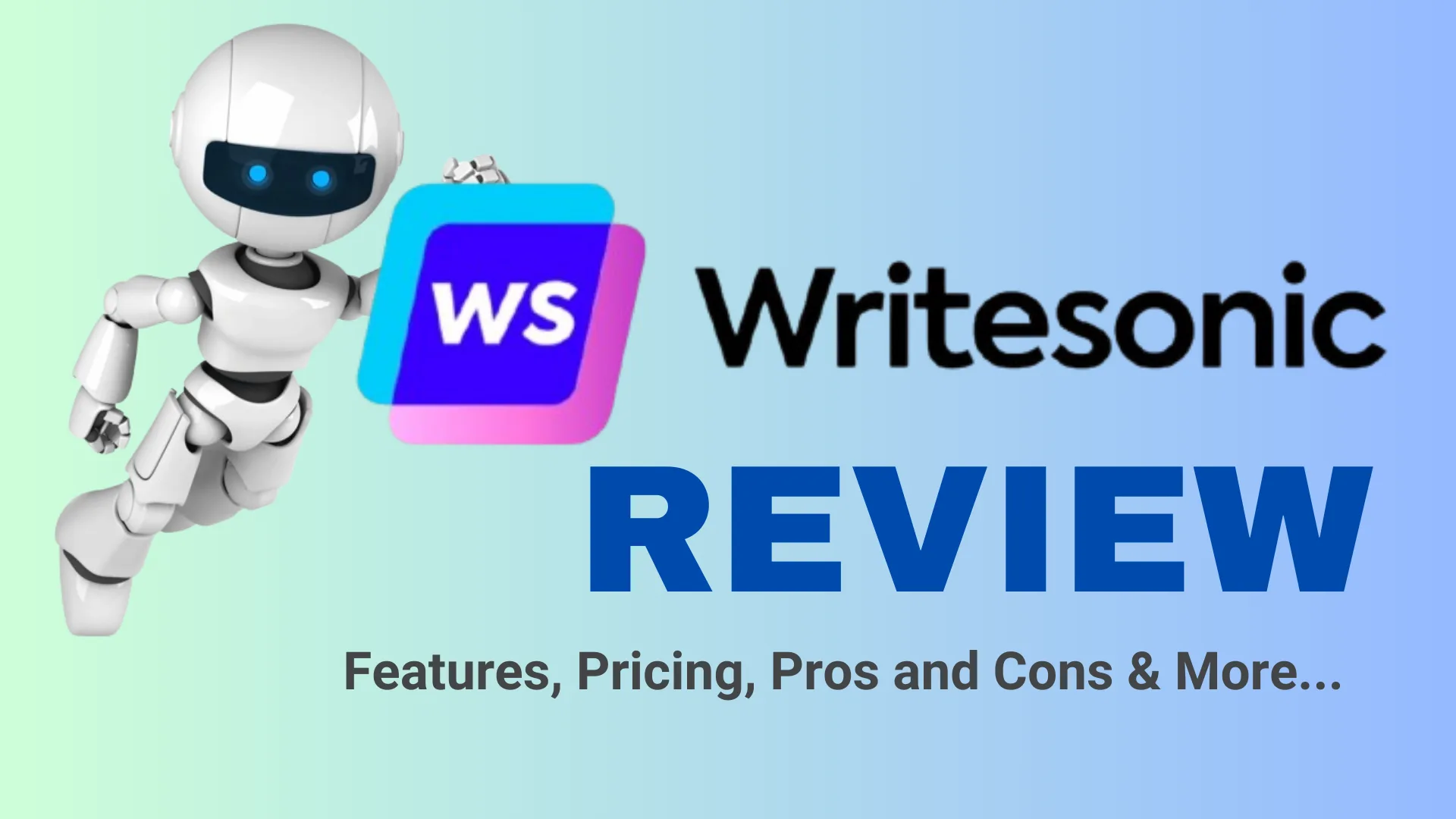
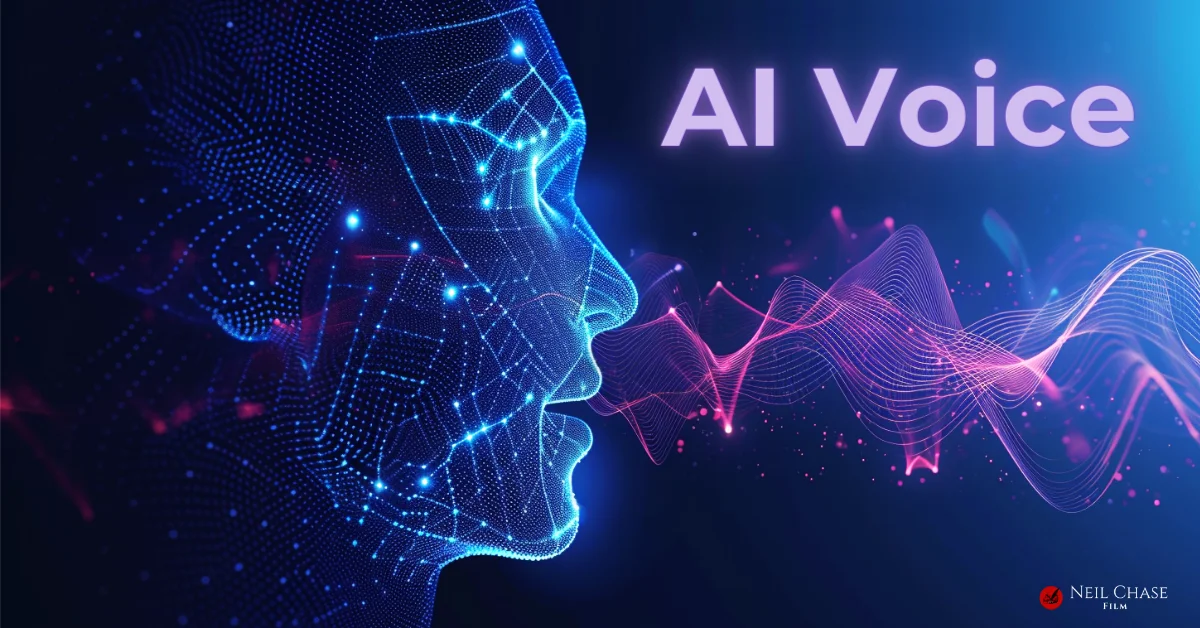



Leave a Reply